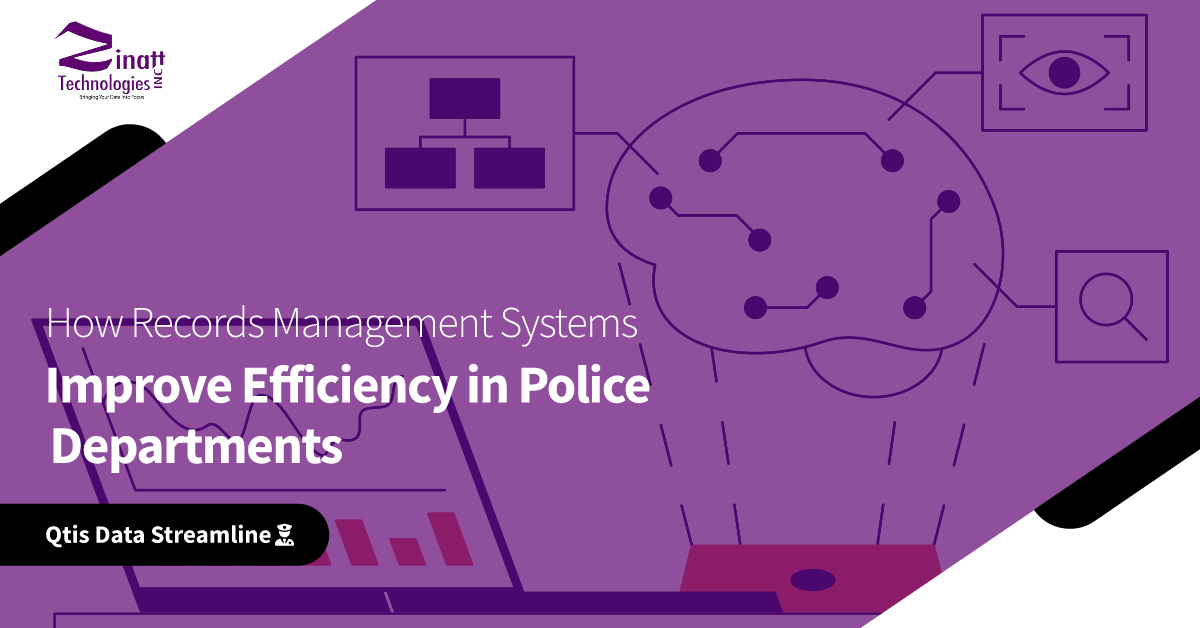Still managing police records with spreadsheets and filing cabinets? We understand the frustration—critical incident data scattered across multiple systems, officers spending hours searching for case files, and the constant worry about data security and audit compliance. Modern police departments need more than makeshift solutions to handle the complex demands of law enforcement record keeping.
An RMS (Records Management System) database represents a significant step forward with traditional record-keeping methods. These specialized database systems centralize incident reports, case files, evidence tracking, and officer documentation into secure, searchable platforms. The result is faster case resolution, better data integrity, and streamlined workflows that let officers focus on what matters most serving their communities.
This guide examines the core components of RMS databases, their specific benefits for law enforcement operations, and practical considerations for departments evaluating these systems. We’ll cover everything from database architecture to implementation strategies, helping you make informed decisions about modernizing your department’s record management approach.
Understanding RMS Database Fundamentals
An RMS database is a specialized type of database management system designed specifically for organizing, storing, and retrieving records in law enforcement contexts (Source: Small Business Trends). Unlike general-purpose databases, RMS systems are built to handle the unique data structures and workflow requirements of police departments, including incident reports, evidence logs, and case management documentation.
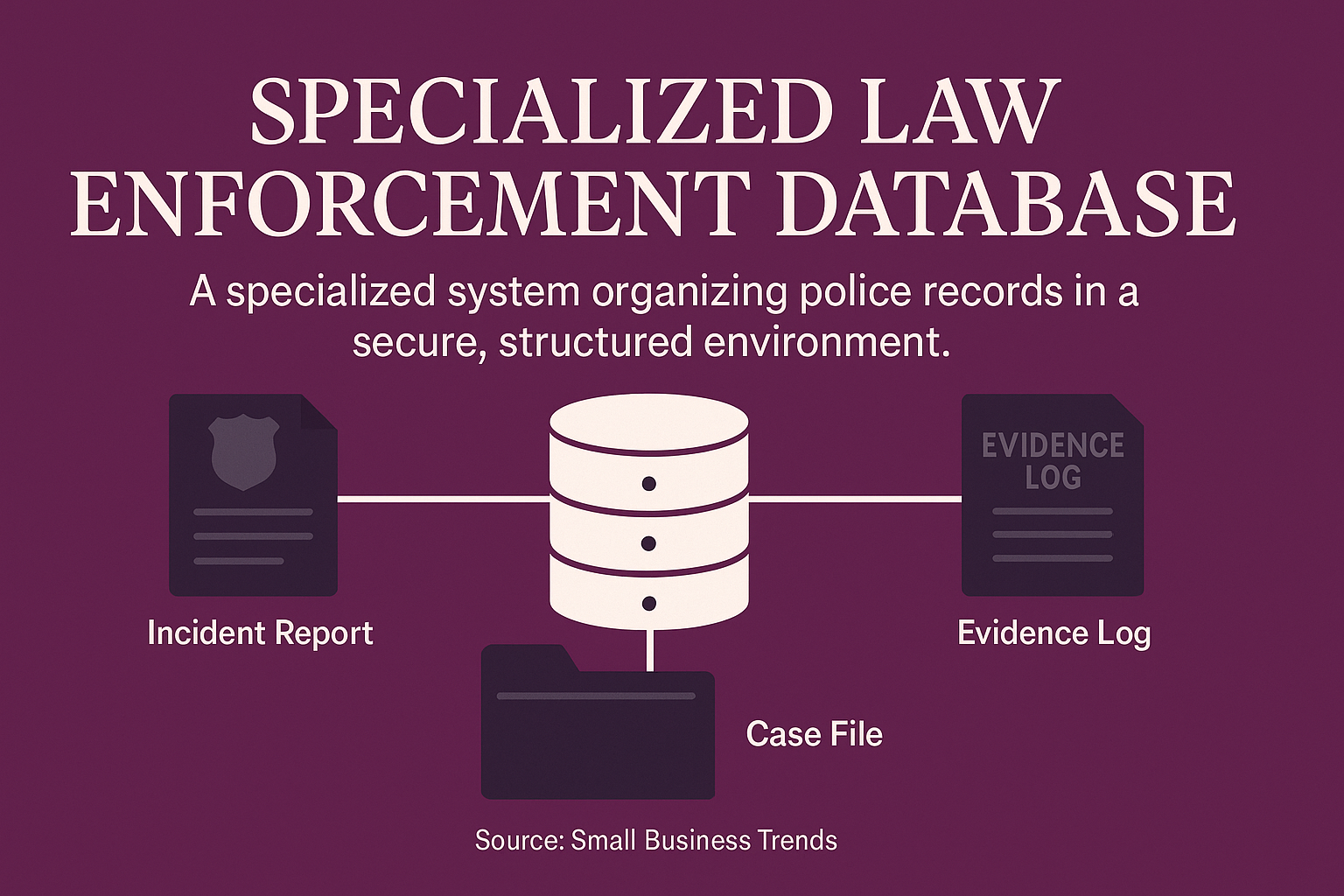
The core functionality centers on CRUD operations—Create, Read, Update, Delete—while maintaining strict data integrity and security protocols (Source: GeeksforGeeks). This foundation ensures that sensitive law enforcement data remains accurate, accessible to authorized personnel, and protected from unauthorized access or modification.
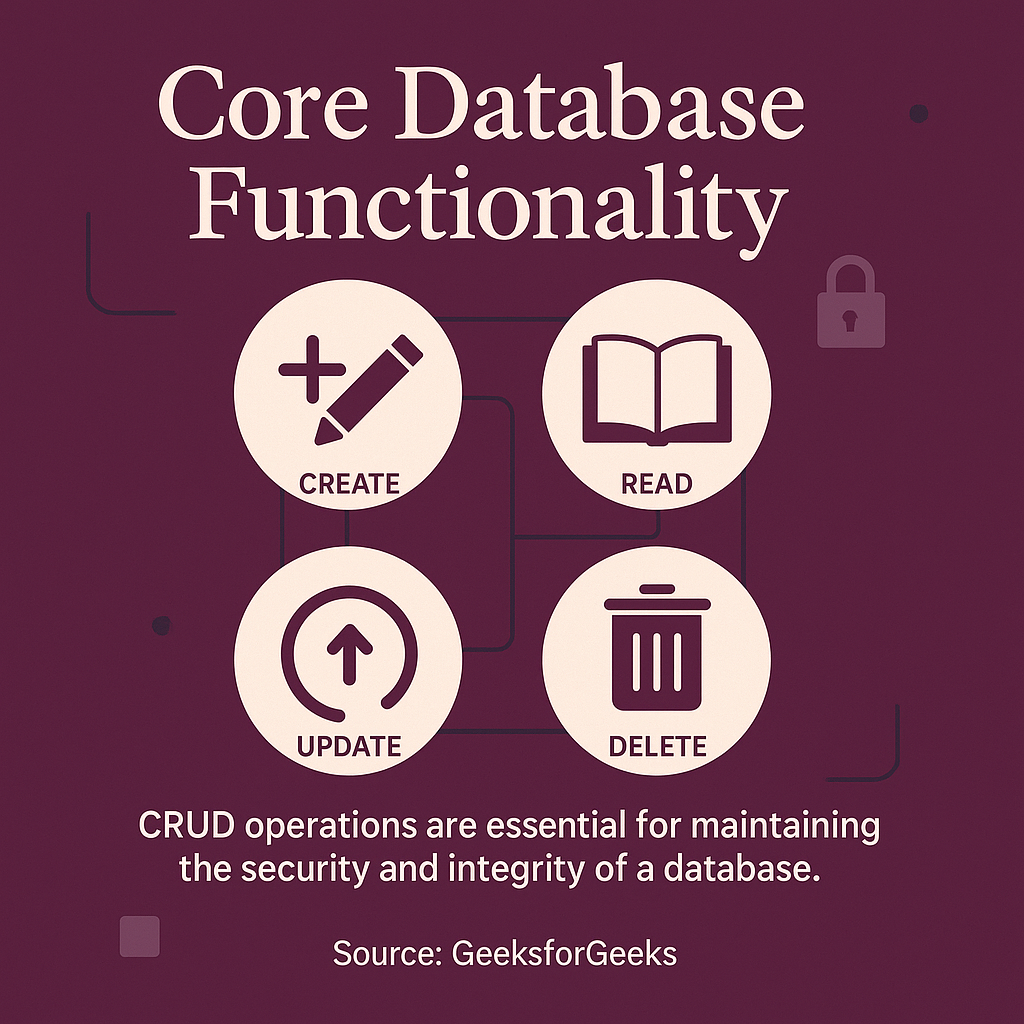
Modern RMS databases operate on several architectural models, each offering distinct advantages for different departmental needs. Understanding these models helps departments choose systems that align with their operational requirements and technical infrastructure.
| Database Model | Structure | Best for | Key Benefits |
| Relational | Tables with relationships | Standard police operations | Data consistency, SQL queries |
| Object-Oriented | Data stored as objects | Complex evidence tracking | Flexible data types, multimedia support |
| Hierarchical | Tree-like structure | Command chain documentation | Clear data hierarchy, fast retrieval |
| Network | Multiple relationships | multi-jurisdictional cases | Complex relationship mapping |
Essential Components of RMS Database Systems
Every effective RMS database incorporates several critical components that work together to ensure reliable record management. The software layer manages all data operations, while the hardware infrastructure provides the computational power and storage capacity needed for departmental operations (Source: Built In).
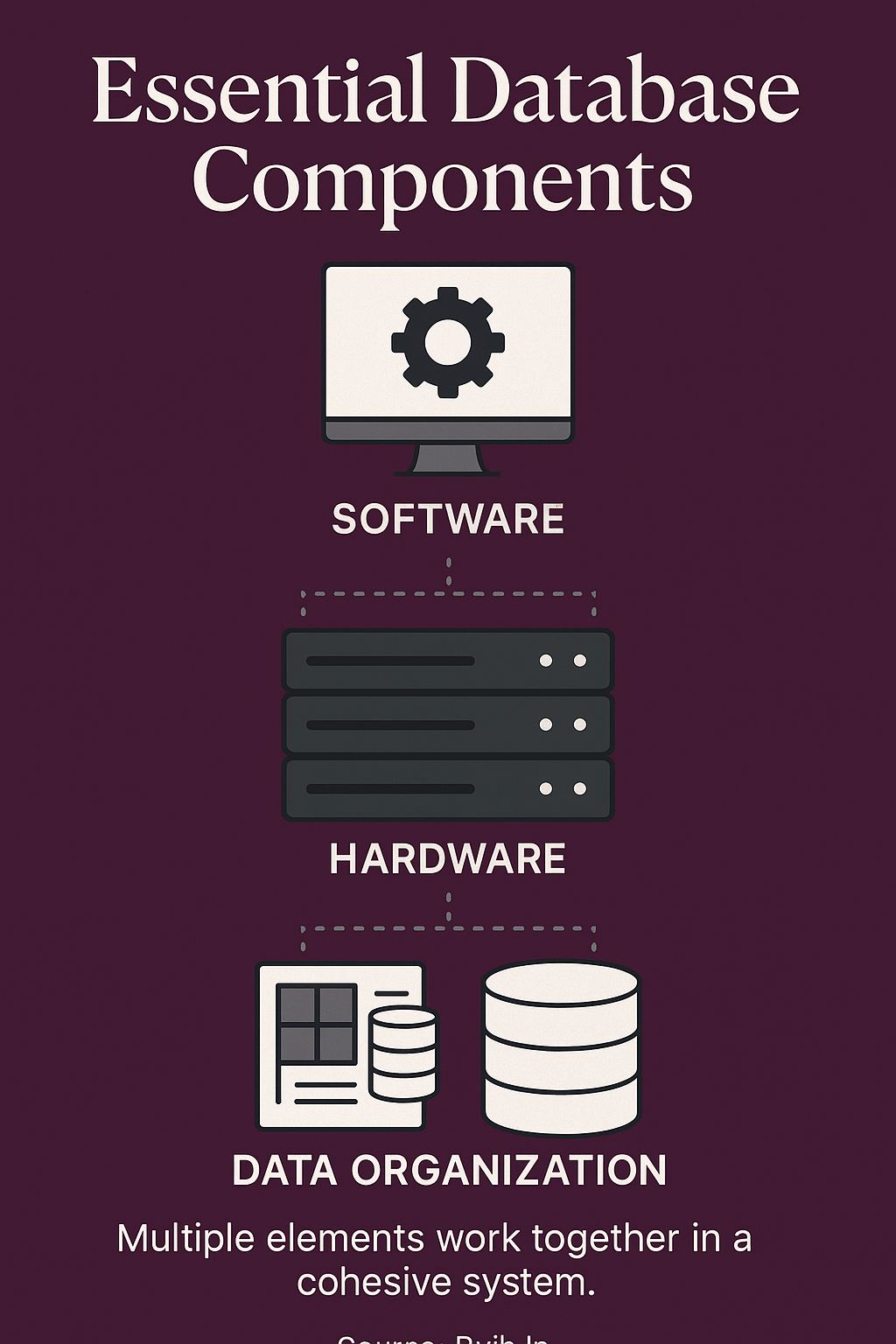
Data organization relies on well-defined schemas that establish how information flows between different record types. These schemas determine everything from how incident reports connect to suspect profiles to how evidence items link to specific cases. Proper schema design ensures that officers can quickly locate related information without navigating through multiple disconnected systems.
The query system serves as the interface between users and stored data, enabling officers to retrieve specific information using structured commands. SQL (Structured Query Language) remains the standard for most relational RMS databases, though modern systems often provide intuitive search interfaces that don’t require technical database knowledge.
Key Features That Drive Police Department Efficiency
Modern RMS databases deliver efficiency gains through features specifically designed for law enforcement workflows. Centralized storage eliminates the time-consuming process of searching through multiple filing systems or contacting different departments for case information. Officers can access complete case histories, suspect information, and evidence documentation from a single interface.
Security and compliance features ensure that sensitive data remains protected while maintaining the audit trails required for legal proceedings. Role-based access controls prevent unauthorized personnel from viewing or modifying sensitive records, while detailed logging tracks every data interaction for accountability purposes. These features address the unique security challenges faced by law enforcement agencies handling confidential information.
For departments looking to transition from spreadsheets to modern case management systems, RMS databases provide the structured foundation needed to improve case solvability rates through better data organization and analysis capabilities.
| Feature Category | Specific Capabilities | Efficiency Impact | Security Benefits |
| Data Centralization | Unified case files, incident reports | Reduced search time, complete case view | Controlled access points |
| Automated Workflows | Report routing, approval processes | Faster case processing, reduced paperwork | Audit trail generation |
| Evidence Tracking | Chain of custody, inventory management | Streamlined court preparation | Tamper-evident logging |
| Analytics Dashboard | Crime trends, resource allocation | Data-driven decision making | Anonymized reporting options |
Advanced Capabilities for Modern Law Enforcement
Today’s RMS databases extend beyond basic record storage to include sophisticated analytical tools that help departments identify patterns and allocate resources more effectively. Link analysis capabilities allow investigators to visualize connections between suspects, locations, and incidents—turning disparate data points into actionable intelligence.
Integration capabilities enable RMS databases to work seamlessly with other law enforcement systems, including CAD (Computer-Aided Dispatch), evidence management platforms, and regional information sharing networks. This interoperability eliminates data silos and ensures that information flows efficiently across different departmental functions.
Real-time collaboration features transform how officers work together on cases. Instead of relying on physical file passing or email chains, team members can access current case information simultaneously, add updates in real-time, and maintain synchronized records throughout the investigation process.
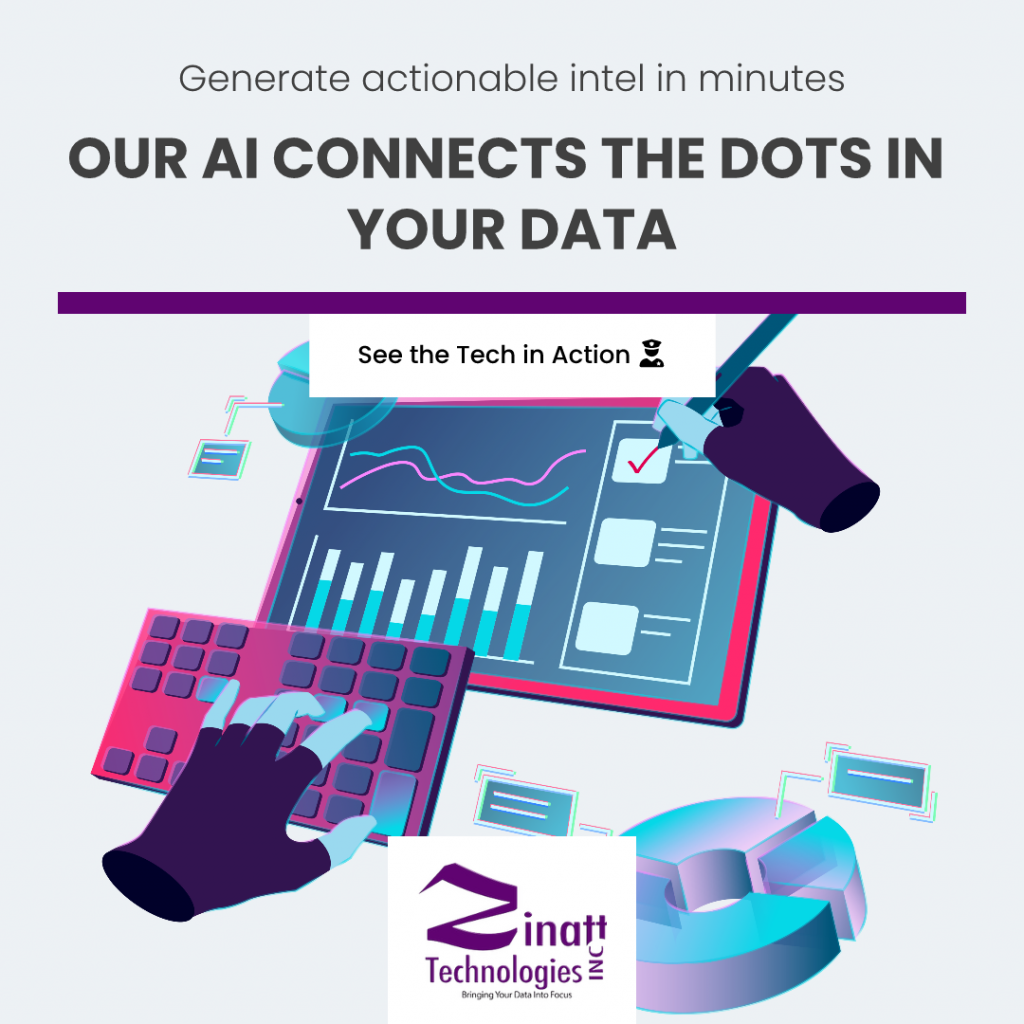
Types of RMS Databases Across Different Contexts
While this article focuses on police department applications, RMS databases serve various industries with different record management needs. Understanding these different contexts helps law enforcement professionals appreciate the flexibility and adaptability of modern RMS solutions.
In public safety contexts, RMS databases manage case files, incident reports, arrest records, evidence tracking logs, and officer activity documentation. These systems must handle sensitive information while maintaining strict security protocols and audit capabilities. The complexity of law enforcement data relationships—from multi-suspect cases to cross-jurisdictional investigations—requires robust database architectures capable of managing intricate data connections.
Beyond public safety, RMS databases support general business operations, hospitality management, and healthcare record keeping. Each context requires specialized features, but the underlying principles of secure, organized, and accessible record management remain consistent across all applications.
| RMS Type | Primary Use Cases | Key Features | Security Requirements |
| Public Safety | Incident reports, case management | Evidence tracking, multi-agency sharing | CJIS compliance, encryption |
| Corporate | Employee records, compliance docs | Workflow automation, retention policies | Role-based access, audit logs |
| Healthcare | Patient records, treatment history | HIPAA compliance, integration capabilities | PHI protection, access controls |
| Legal | Case files, client documentation | Document management, time tracking | Attorney-client privilege, encryption |
Specialized Features for Law Enforcement
Police department RMS databases incorporate specialized features that address the unique challenges of law enforcement record keeping. These include CAD integration for seamless incident-to-case workflows, mugshot and fingerprint storage capabilities, and specialized reporting tools for UCR (Uniform Crime Reporting) compliance.
Multi-jurisdictional case management becomes much more manageable when departments can share relevant case information through secure, controlled interfaces. This capability is particularly valuable for regional task forces and cross-border investigations where traditional paper-based systems create significant coordination challenges.
Understanding the differences between RMS, case management, and investigation management systems helps departments select the right tool for their specific operational needs and workflow requirements.
Benefits and Use Cases for Police Departments
The transition to RMS databases delivers measurable improvements in departmental efficiency and case management effectiveness. Centralized storage eliminates the time officers spend searching for case files, while automated workflows reduce administrative burden and ensure consistent processes across the department.
Evidence tracking becomes significantly more reliable with digital chain-of-custody documentation. Officers can quickly verify evidence location, access history, and custody transfers—critical capabilities for maintaining case integrity and preparing for court proceedings. This level of documentation also reduces the risk of evidence being lost or mishandled during the investigation process.
For departments interested in implementing comprehensive data management solutions, RMS databases provide the foundation for improved operational efficiency and better case outcomes.
Statistical analysis and reporting capabilities help departments identify crime patterns, allocate resources more effectively, and demonstrate accountability to city officials and community stakeholders. These analytical tools transform raw incident data into actionable intelligence that supports both tactical operations and strategic planning.
- Faster case resolution through improved information access and organization
- Enhanced officer productivity by reducing time spent on administrative tasks
- Better evidence management with digital chain-of-custody tracking
- Improved inter-agency collaboration through secure information sharing
- Stronger court case preparation with organized, accessible documentation
Real-World Implementation Examples
Departments that have successfully implemented RMS databases report significant improvements in case clearance rates and officer satisfaction. The ability to quickly search across multiple record types helps investigators identify patterns and connections that might otherwise go unnoticed in paper-based systems.
Smaller departments particularly benefit from RMS automation features that help manage workload despite limited staffing. Automated report routing, approval workflows, and notification systems ensure that cases progress efficiently even when key personnel are unavailable.
For departments managing understaffing challenges, RMS databases provide tools that help maximize the effectiveness of available personnel through better organization and automated processes.
Implementation Considerations and Selection Guidance
Selecting the right RMS database requires careful evaluation of your department’s specific needs, technical infrastructure, and budget constraints. Compatibility with existing systems—particularly CAD and evidence management platforms—should be a primary consideration to ensure seamless data flow and avoid costly integration challenges.
Security features deserve special attention given the sensitive nature of law enforcement data. Look for systems that offer role-based access controls, comprehensive audit logging, and encryption both in transit and at rest. These features protect sensitive information while maintaining the transparency and accountability required for law enforcement operations.
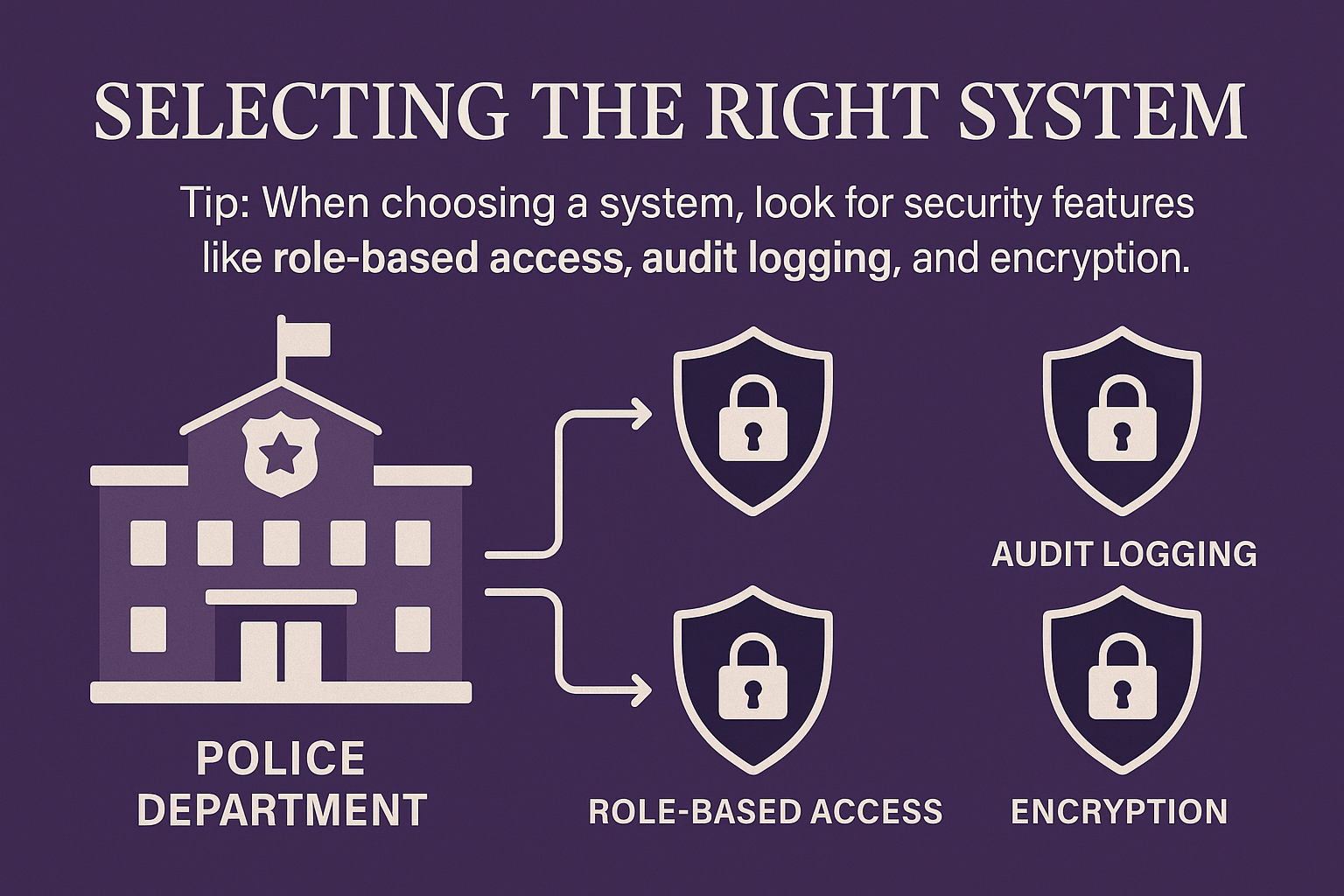
Scalability considerations become important as departments grow or take on additional responsibilities. The system should accommodate increased data volumes, additional users, and expanded functionality without requiring complete replacement or major architectural changes.
| Evaluation Criteria | Key Questions | Technical Requirements | Budget Considerations |
| System Compatibility | How well does it integrate with existing systems? | API availability, data format support | Integration costs, training requirements |
| Security Features | Does it meet CJIS compliance requirements? | Encryption, access controls, audit logs | Security certification costs |
| User Experience | How intuitive is the interface for officers? | Mobile access, search capabilities | Training time, adoption rates |
| Vendor Support | What ongoing support is available? | Technical support, system updates | Support contracts, maintenance fees |
Understanding the financial implications of different pricing models helps departments make informed decisions about software investments and ongoing operational costs.
Training and Change Management
Successful RMS implementation requires comprehensive training and change management strategies. Officers need time to become comfortable with new workflows, and departments should plan for temporary efficiency reductions during the transition period.
The most effective implementations involve officers in the selection and customization process. When end users help shape system configuration, they develop ownership and understanding that translates into better adoption rates and more effective use of system capabilities.
For departments considering technology purchases, involving multiple stakeholders in the evaluation process ensures that selected systems meet operational needs while remaining technically feasible and financially sustainable.
Advanced Features and Future Considerations
Modern RMS databases increasingly incorporate advanced analytics and artificial intelligence capabilities that help departments work more efficiently and make better-informed decisions. These features analyze historical data to identify patterns, predict resource needs, and suggest investigative approaches based on similar past cases.
Cloud-based deployment options offer significant advantages for departments with limited IT resources. These systems provide enterprise-level security and reliability without requiring extensive on-premises infrastructure or specialized technical staff.
The importance of comprehensive audit trails continues to grow as departments face increasing scrutiny regarding data handling and case management practices. Modern RMS databases provide detailed logging that supports both operational transparency and legal compliance requirements.
Integration with emerging technologies—including body cameras, mobile devices, and IoT sensors—represents the next frontier in law enforcement data management. RMS databases serve as the central hub that brings together data from multiple sources into coherent, actionable intelligence.
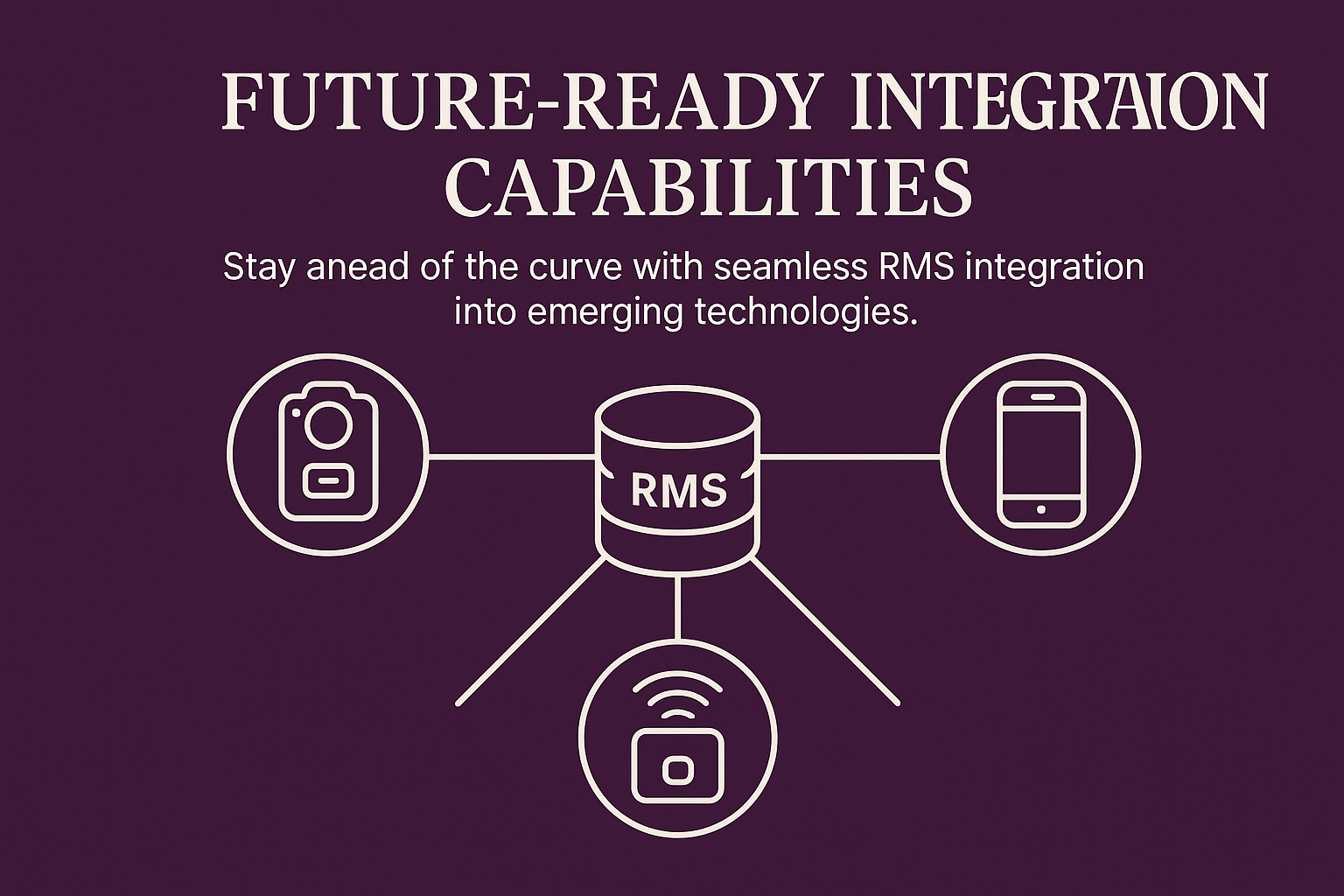
As departments consider future technology investments, the role of RMS databases as foundational infrastructure becomes increasingly important. These systems provide the data organization and management capabilities that enable other technologies to deliver their full potential value.
The evolution toward more connected, intelligent systems means that today’s RMS selection decisions will impact departmental capabilities for years to come. Choosing systems with strong integration capabilities and vendor commitment to ongoing development ensures that departments can adapt to changing technology requirements without major system replacements.
For departments ready to modernize their record management approach, RMS databases offer proven solutions that address current operational challenges while providing the foundation for future technological advancement. The key is selecting systems that align with departmental culture, technical capabilities, and long-term strategic goals.




 520 838 0346
520 838 0346 sales@zinatt.com
sales@zinatt.com